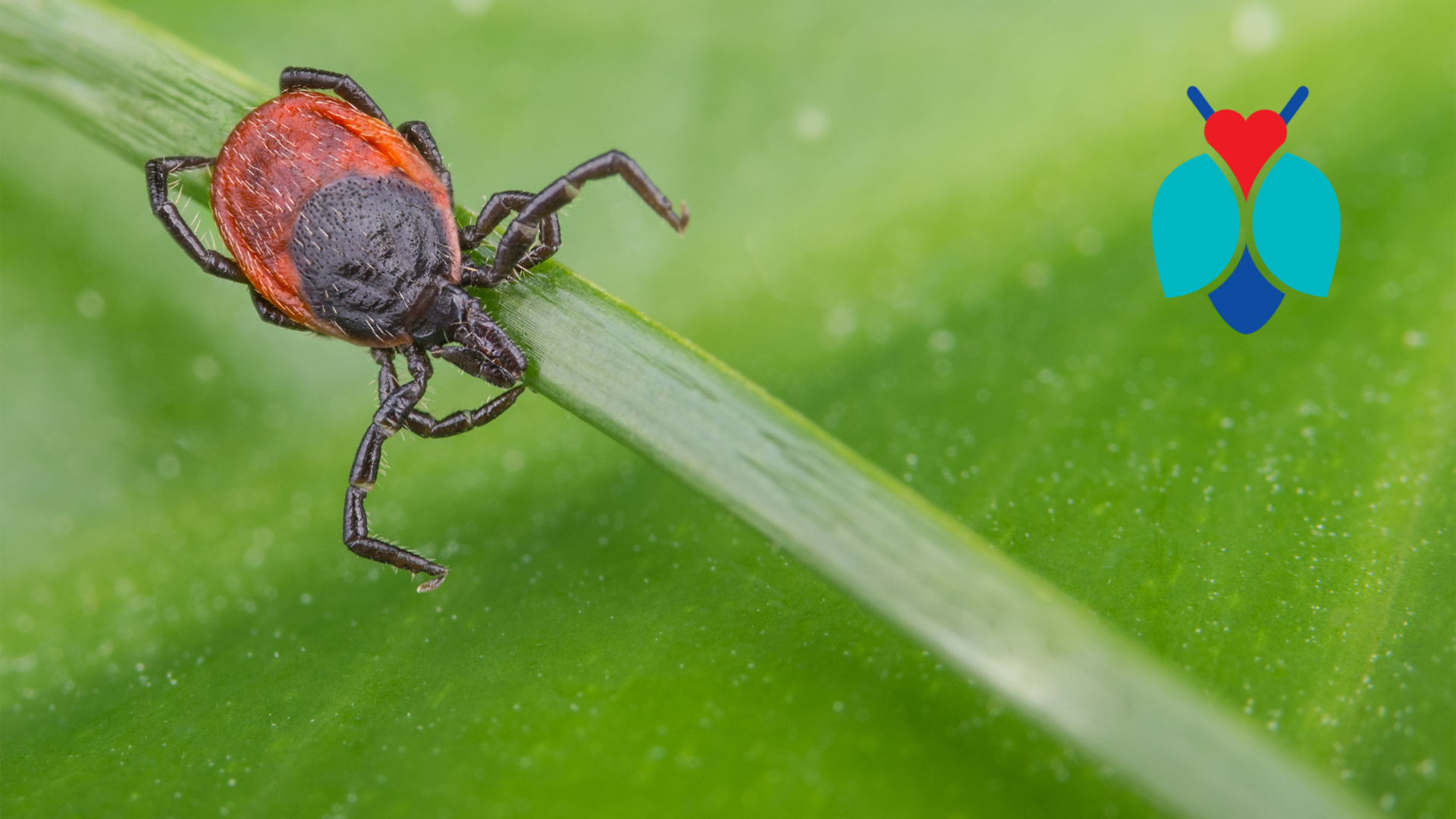Share Our Blog!
Blacklegged ticks, known as “deer ticks” were able to get an early start this spring. Did you know deer ticks are not born with diseases? They pick them up from the animals that they get their blood meals from, and can then transmit them to their next host. Did you know that deer are only one of over forty different types of animals that tick feed on? These host animals include; mice, songbirds, bats, rabbits, gophers, raccoons, rats, and many more.
“Simply the best! Protecting your home and giving you peace of mind the problem was fixed by a true professional!”
-Ron in Minnetonka
Did you know that direct hot sunlight is one of the tick’s biggest enemies? It’s true! They can easily dry out when exposed to direct sunlight. They prefer damp dark leaf litter and taller vegetation where they can remain shaded and moist.
Ticks are not like other animals that run around looking for their food. They do not jump onto you, instead, they patiently wait in taller vegetation next to a pathway where animals or humans walk. They usually latch onto you somewhere from your feet to your knees and potentially climb upward on your body to a safer location where they can go undetected. That is why it is very important to check yourself after going into places where ticks live. Outdoor activities that can potentially put you more at risk may include; gardening, fishing, hunting, hiking, and a myriad of other things that we love to do here in Minnesota.
 Consider using repellents to reduce your risk when entering risky areas. You can either apply the products to your favorite outdoor outfit by following the instructions on the product’s label, or you can purchase clothing that has permethrin already applied to it. Several sporting retailers carry pretreated clothing. In addition to repellents, taking a shower within two hours of going outdoors can also help to reduce ticks that attach themselves to you.
Consider using repellents to reduce your risk when entering risky areas. You can either apply the products to your favorite outdoor outfit by following the instructions on the product’s label, or you can purchase clothing that has permethrin already applied to it. Several sporting retailers carry pretreated clothing. In addition to repellents, taking a shower within two hours of going outdoors can also help to reduce ticks that attach themselves to you.
Local veterinarians have told me that they see a lot of pets each year with tick-borne diseases in their clinics. Our pets can venture into the tick’s habitat and potentially carry ticks back into our home. That being said, remember to ask your veterinarian what is the best prevention options for your pets.
Check out the map from the Minnesota Department of Health showing the areas in Minnesota where tick-borne diseases pose the most risk. Wayzata is listed as a “Moderate Risk” area.
To read more about ticks in Minnesota visit the Minnesota Department of Health website
If you have any questions or concerns or would like to schedule an appointment call or send us an email
Call Us Today! 952-404-BOGO (2646)




